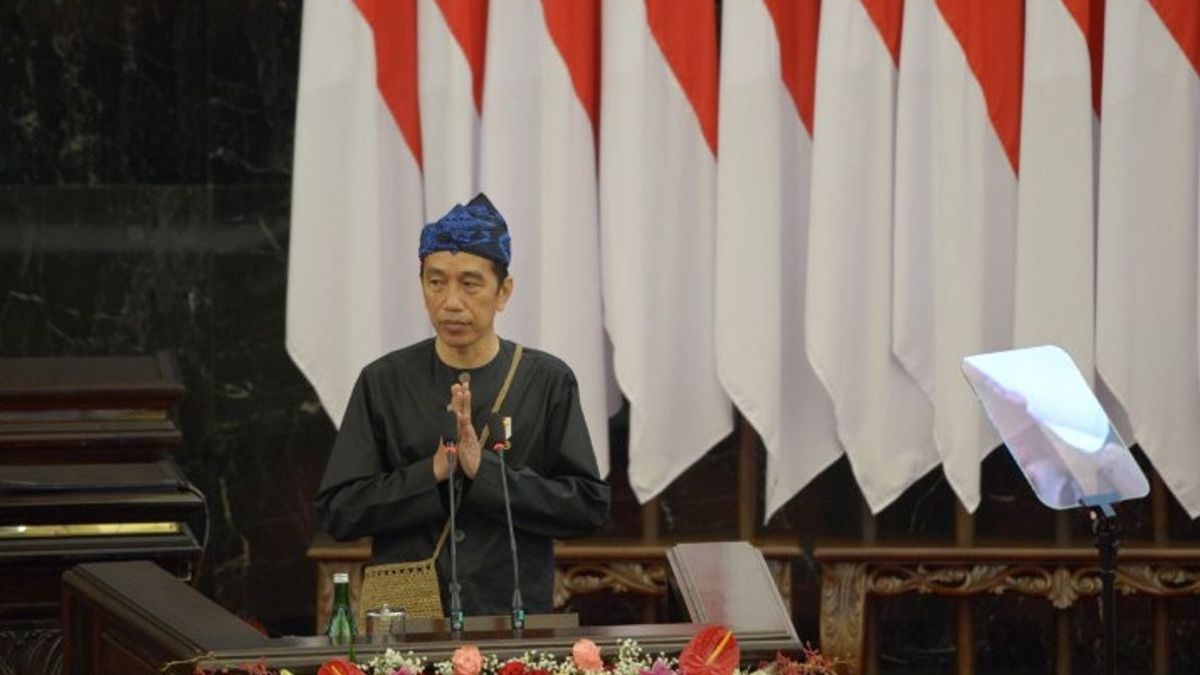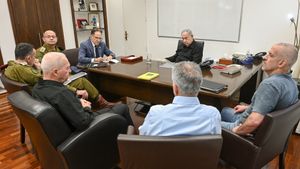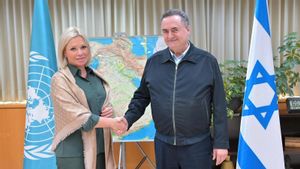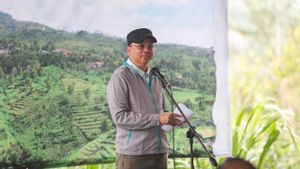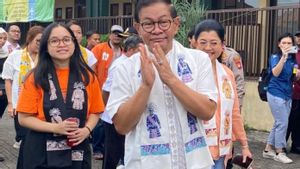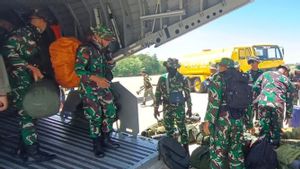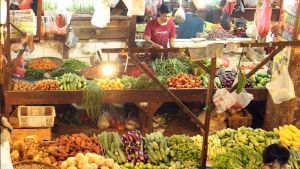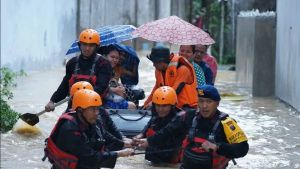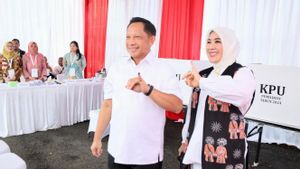JAKARTA - President Joko Widodo wears traditional Baduy clothing at the Annual Session of the MPR RI and the Joint Session of the DPR RI-DPD RI. Jokowi's appearance is a reminder of his promises that have not been fulfilled.
Secretary General of the Alliance of Indigenous Peoples of the Archipelago (AMAN) Rukka Sombolinggi views Jokowi as showing himself wearing traditional clothes from the Baduy Indigenous Peoples just as body wraps.
In fact, he said, Jokowi made Indonesia very far from the Baduy-style development paradigm that so respects the earth.
"Jokowi's Nawacita promises to indigenous people have not been fulfilled yet. (Jokowi)'s attitudes and actions are not Baduy," said Rukka in her statement, Monday, August 16.
Rukka sees that currently the expropriation of customary territory continues to occur. Then, the task of the Indigenous Peoples Task Force evaporated. Then, the Law on Indigenous Peoples has not been passed and it continues to weaken in the DPR.
Rukka also mentioned Jokowi's appearance wearing traditional clothes from South Central Timor, East Nusa Tenggara (NTT) Province last year. Meanwhile, the opposite portrait is experienced by the Besipae Indigenous People.
"Dozens of family heads were forced to sleep on the ground and under the roof of the sky after the destruction of people's houses by the authorities," said Rukka.
"A series of conflicts occurred because the NTT Provincial Government suddenly claimed 3,700 hectares of land which was none other than the Pubabu customary forest covering the villages of Linamnutu, Mio, and Oe Ekam. Indigenous peoples were forcibly relocated because the local government claimed to want to develop livestock, plantations, and tourism over their customary territory," he continued.
In its 2020 End of Year Records, AMAN documented at least 40 cases of criminalization and violence against indigenous peoples throughout 2020.
In the period from January to May last year alone, an estimated 1,488 hectares of forest in Papua disappeared. Of the 40 cases that occurred in the total customary area which reached 31,632.67 hectares, there were more than 39 thousand indigenous people who had suffered economic, social and moral losses as a result of acts of intimidation, violence, and criminalization.
"Of course, AMAN thinks that the recorded data does not always show the actual reality. Like an iceberg phenomenon, the typology of conflicts that befell indigenous peoples is not only latent, but also does not always come to the surface," said Rukka.
The English, Chinese, Japanese, Arabic, and French versions are automatically generated by the AI. So there may still be inaccuracies in translating, please always see Indonesian as our main language. (system supported by DigitalSiber.id)
